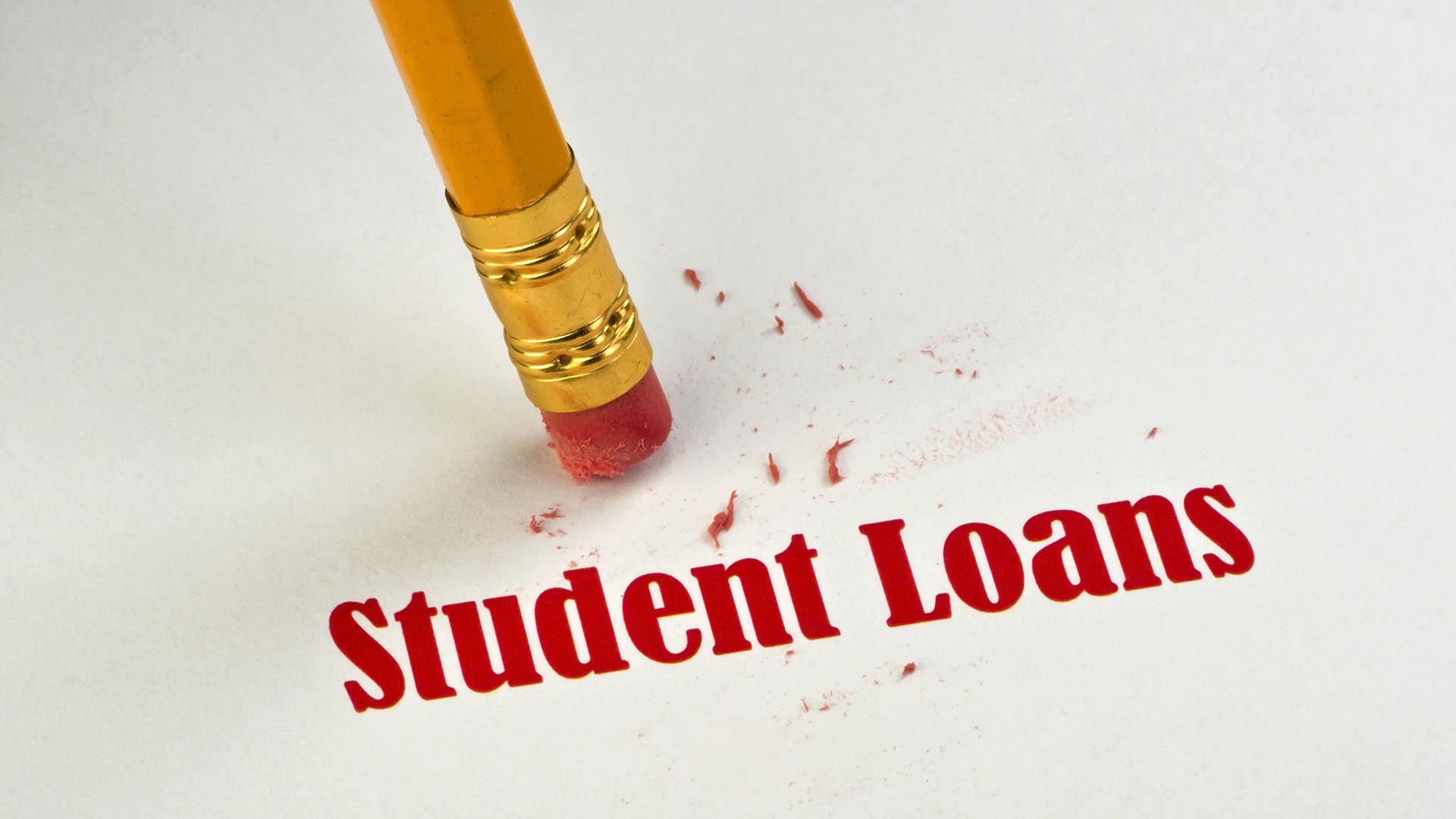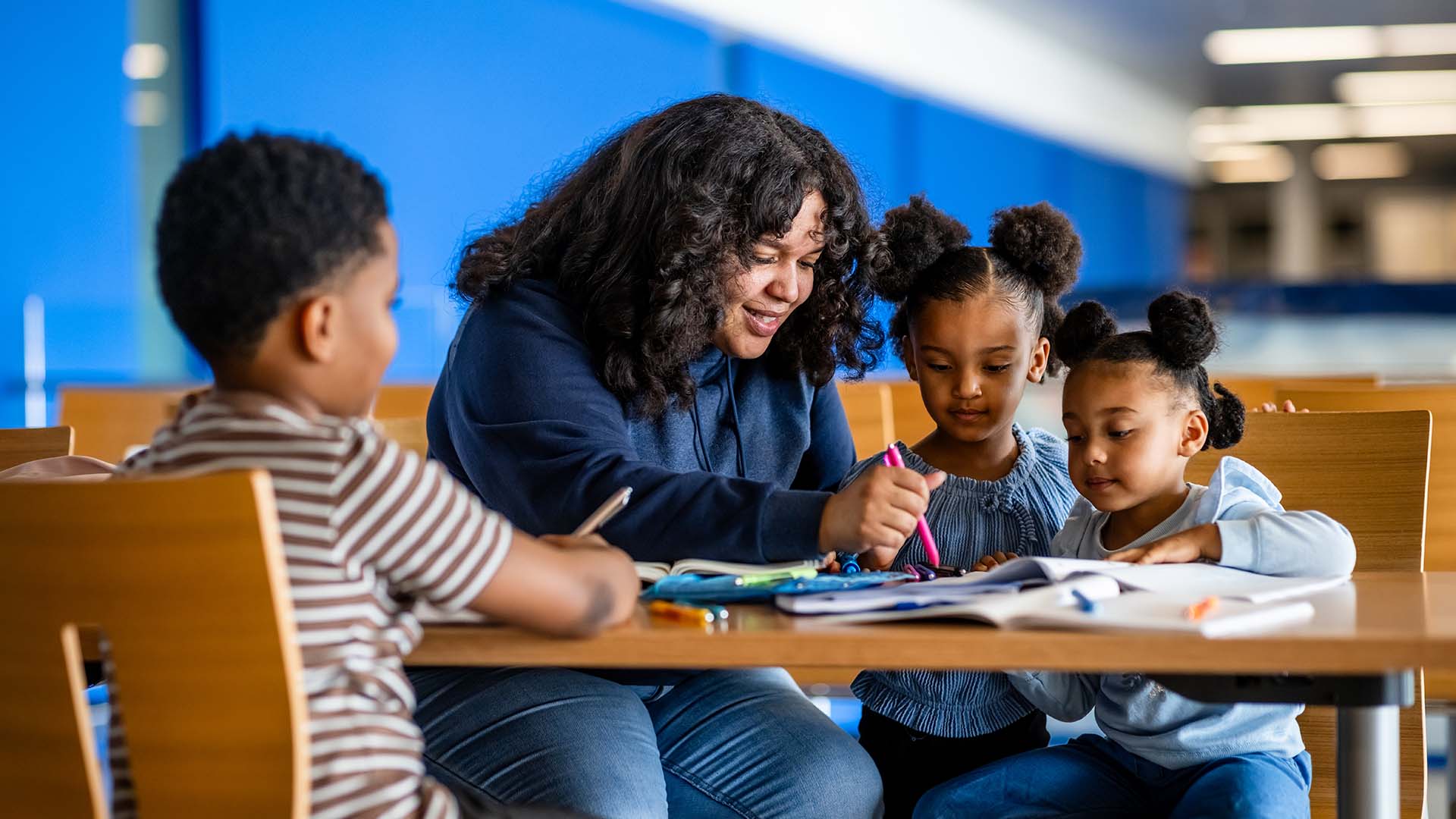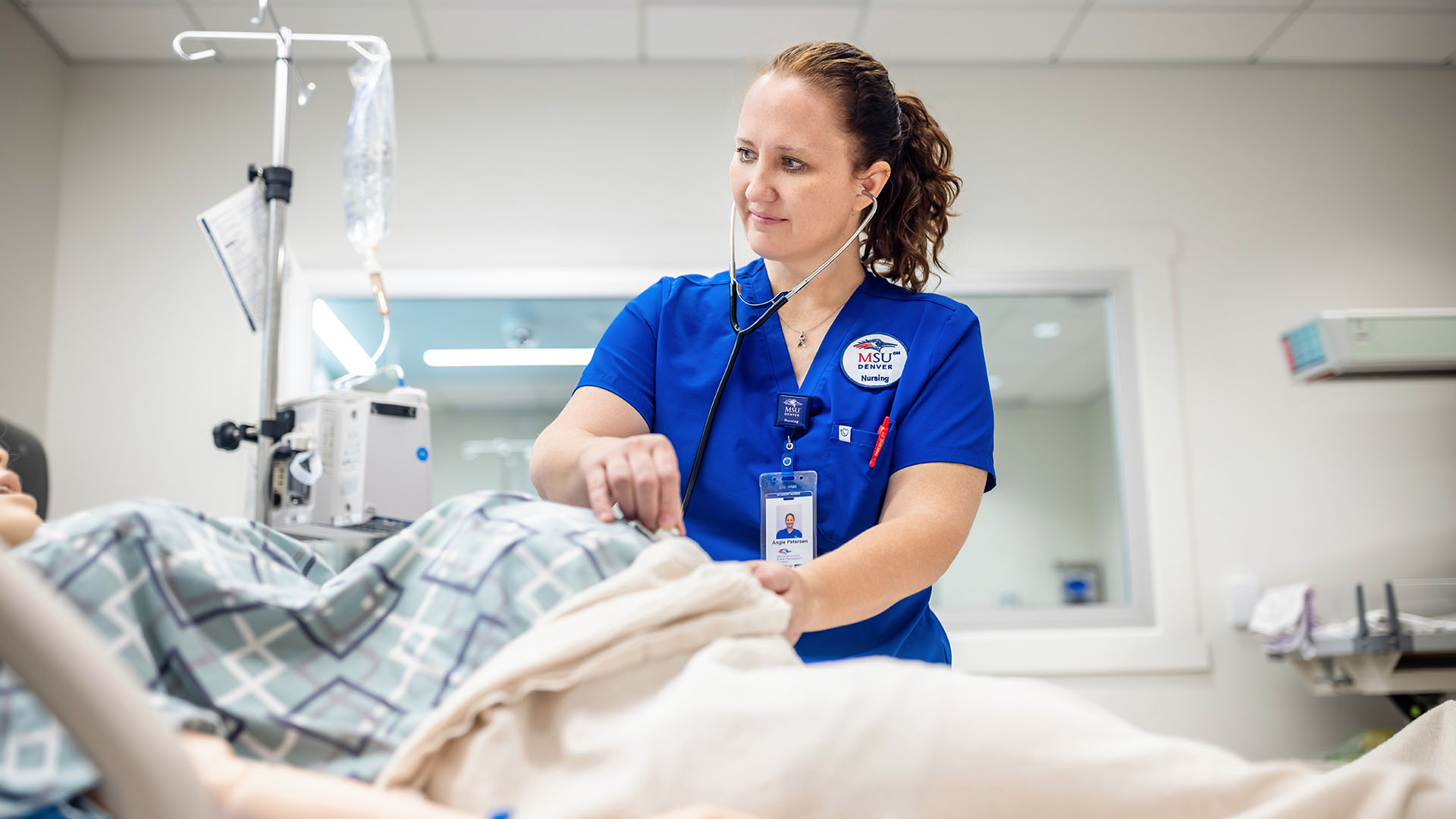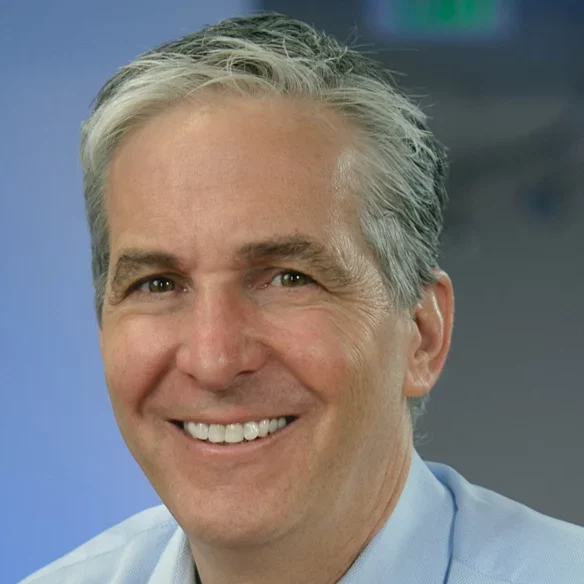How to erase your student-loan debt
Everything you need to know to take advantage of the federal program.

Editor’s Note: As of Nov. 14, a federal appeals court has temporarily barred the student-loan debt-relief program. The Biden administration has stopped accepting applications.
For those who’ve seen their student-loan debt balloon over the years with no end in sight, the new one-time student-loan debt-relief program could be life-changing.
In August, President Joe Biden announced a plan that offers partial loan cancellation for more than 43 million borrowers and would potentially eliminate loans for 20 million people. According to the Education Data Initiative, 770,000 Coloradans could be eligible for loan forgiveness.
“There is a reason they named this the one-time student-loan debt relief,” said Michael Dino, a public-funding expert and advocate. “We probably won’t ever see something like this again, so we want everyone who is eligible to take advantage of the opportunity.”
Dino was joined by Jennifer Helgeson, director of compliance in the Office of Financial Aid at Metropolitan State University of Denver, for a loan-forgiveness panel at MSU Denver on Wednesday. “As a person who’s been in the public-policy environment for over 30 years, I do think (loan forgiveness) is good policy,” said Dino.
RELATED: Experts weigh in on the debate over student-debt forgiveness
Read on for key takeaways — such as who’s eligible and when to apply — that will help ensure everyone who qualifies for the program receives debt relief.
Eligibility is broad.
- Almost all student loans held by the Department of Education are eligible. Ineligible loans include Perkins Loans held by universities, private loans and commercial loans. More information on eligibility can be found on StudentAid.gov.
- Loans must have been taken out before June 30, 2022 to qualify.
- Borrowers are eligible if their annual individual income is less than $125,000 or $250,000 for households.
- Those who were awarded federal Pell Grants can receive up to $20,000 in student-debt relief. Those without federal Pell Grants can receive up to $10,000 in debt relief.
- To see which loans and grants you received, log on to StudentAid.gov and select “My Aid” in the drop-down menu under your name. In the grant section, you can view your Pell Grant history. If you received a Pell Grant prior to 1994, the website won’t reflect your status; however, the Department of Education has this information and will apply the applicable relief amounts.
- Payments made after March 13, 2020 that reduced loan balances below the $10,000 and $20,000 thresholds should be refunded, although Dino said this may take some time.
- Residents of Mississippi, Minnesota, Wisconsin, Arkansas and North Carolina will be subject to state income taxes for the amount they received in student-loan forgiveness unless those states’ laws change to conform with the federal tax exemption for student loans.
- NEW: On Sept. 29, the Department of Education updated its policy. According to its website, privately held federal student loans must have been consolidated through the Direct Loan Program before Sept. 29, 2022 in order to be eligible for debt relief.
Applications closed.
- NEW: As of Nov. 14, applications are closed.
- Dino recommends applying before Nov. 15 to ensure that the debt is canceled before repayments begin in January.
- That said, borrowers may apply for debt cancellation through Dec. 31, 2023.
- Borrowers can expect to receive relief within four to six weeks after applying, though the Department of Education will be inundated with requests.
Support is available.
- Visit the debt-relief website for information on the program. Once the application is live, borrowers can receive support by calling 1-833-932-3439.
- Borrowers may also sign up to receive an email when the application is open. Click on “NEW! Federal Student Loan Update.”
- Colorado has a State Student Loan ombudsman, Kelsey Lesco, in the state Attorney General’s Office to assist with all student-loan questions and concerns. She can be reached at 720-508-6975 or [email protected].
|
Avoid Scams The Federal Trade Comission issued a warning about scammers who are taking advantage of the student-loan debt-relief program. They recommend that borrowers:
|
|
Student-debt cancellation is just one aspect of Biden’s three-part plan to provide student-debt relief. Other initiatives, which are yet to be developed, include making the student-loan system more manageable for current and future borrowers by cutting monthly payments in half for undergraduate loans and fixing the “broken” Public Service Loan Forgiveness program. The Biden administration also proposes protecting future students and taxpayers by reducing the cost of college and holding schools accountable when they raise tuition.
RELATED: A good investment
The student-debt relief has the potential to pull 7.5 million federal student-loan borrowers out of default on their loans, providing a fresh start to those who have fallen behind.
“The caveat to this program is there still may be a federal lawsuit filed by those who oppose the program, which would possibly create an injunction on their distribution,” Dino noted. “That said, those opposed have threatened a lawsuit since the program was announced, and nothing has been filed yet.”







